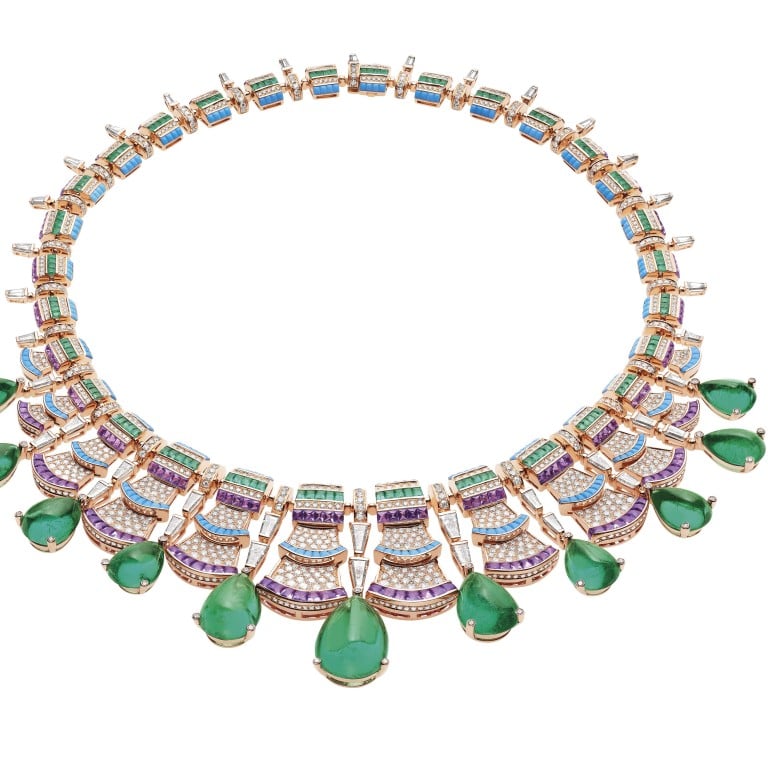Flawless versus natural inclusions – which gems are more valuable?

- Do inclusions and flaws in natural gemstones add value to a stone, even as flawless lab-grown gems hit the market?
Rare and remarkable gemstones celebrate the enduring symbolism and eternal beauty of nature. Following diamonds, the most important rarest stones from a commercial standpoint are rubies, sapphires and emeralds. Their rarity and costliness have served to stimulate man’s ingenuity in providing a substitute, opening a viable market for lab-created gemstones as alternatives.
Chemically, physically and optically identical to natural gemstones (mined deep below the earth’s surface), lab-created gemstones are grown in a fraction of the time and have far fewer inclusions, or are flawless due to a controlled process.

One of the greatest distinctions of natural coloured gemstones is the variety of natural inclusions due to the crystallisation process, with the amalgam of gas and liquids during the formation stage giving each stone its own DNA – nature’s original fingerprint.
So, are natural inclusions and flaws in natural gemstones now adding value to a stone, even as flawless lab-grown gems hit the market?
Flawless rubies, sapphires or emeralds of rich colours and important sizes are, in nature, extremely rare. This fact alone should make one suspicious of a large, clear gemstone.

Another point to note is that natural rubies or emeralds are hardly ever “clean”, which is to say that they almost always have inclusions – patches of fine criss-crossing rutile needles known as “silk”, or a bubble of gas or small crystals of other minerals.